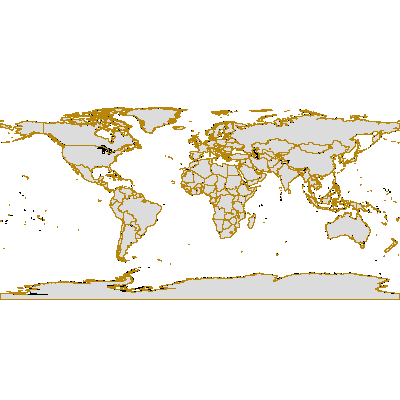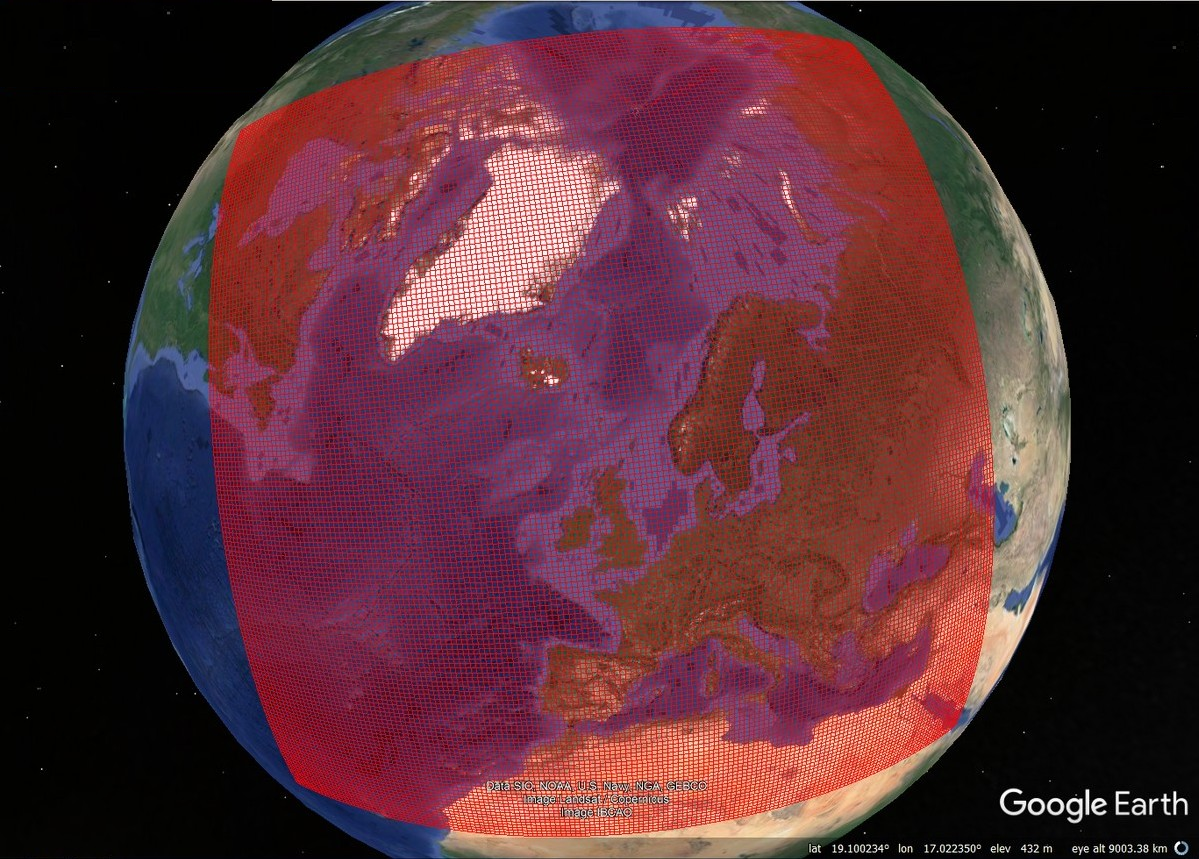Postgis
Type of resources
Topics
INSPIRE themes
Keywords
Contact for the resource
Provided by
Years
Formats
Representation types
Update frequencies
status
Scale
Resolution
-

The Global Administrative Unit Layers (GAUL) is an initiative implemented by FAO within the EC-FAO Food Security Programme funded by the European Commission (http://www.foodsecinfoaction.org/News/news_06_06.htm). The GAUL aims at compiling and disseminating the most reliable spatial information on administrative units for all the countries in the world, providing a contribution to the standardization of the spatial dataset representing administrative units. The GAUL always maintains global layers with a unified coding system at country, first (e.g. regions) and second administrative levels (e.g. districts). In addition, when data is available, it provides layers on a country by country basis down to third, fourth and lowers levels. The GAUL is released once a year and the target beneficiary of the GAUL data is the UN community, the Universities and other authorized international and national institutions/agencies. Data might not be officially validated by authoritative national sources and can not be distributed to the general public. A disclaimer should always accompany any use of the GAUL data. About 21 countries have been updated respect to the previous release (see countries_updated.dbf). The GAUL keeps track of administrative units that has been changed, added or dismissed in the past for political causes. Changes implemented in different years are recorded in the GAUL on different layers. For this reason the GAUL product is not a single layer but a group of layers, named "GAUL Set" (see Gaul_Set.pdf). The original dataset containing Level 0 administrative units has been combined by EEA with some attributes data provided within GAUL in a separate file. No data from outside GAUL have been used and it is possible to reconstruct the original dataset by removing the extra attributes added.
-

The Global Administrative Unit Layers (GAUL) is an initiative implemented by FAO within the EC-FAO Food Security Programme funded by the European Commission (http://www.foodsecinfoaction.org/News/news_06_06.htm). The GAUL aims at compiling and disseminating the most reliable spatial information on administrative units for all the countries in the world, providing a contribution to the standardization of the spatial dataset representing administrative units. The GAUL always maintains global layers with a unified coding system at country, first (e.g. regions) and second administrative levels (e.g. districts). In addition, when data is available, it provides layers on a country by country basis down to third, fourth and lowers levels. The GAUL is released once a year and the target beneficiary of the GAUL data is the UN community, the Universities and other authorized international and national institutions/agencies. Data might not be officially validated by authoritative national sources and can not be distributed to the general public. A disclaimer should always accompany any use of the GAUL data. About 21 countries have been updated respect to the previous release (see countries_updated.dbf). The GAUL keeps track of administrative units that has been changed, added or dismissed in the past for political causes. Changes implemented in different years are recorded in the GAUL on different layers. For this reason the GAUL product is not a single layer but a group of layers, named "GAUL Set" (see Gaul_Set.pdf). The original dataset containing Level 0 administrative units has been combined by EEA with some attributes data provided within GAUL in a separate file. No data from outside GAUL have been used and it is possible to reconstruct the original dataset by removing the extra attributes added.
-

The Global Administrative Unit Layers (GAUL) is an initiative implemented by FAO within the EC-FAO Food Security Programme funded by the European Commission (http://www.foodsecinfoaction.org/News/news_06_06.htm). The GAUL aims at compiling and disseminating the most reliable spatial information on administrative units for all the countries in the world, providing a contribution to the standardization of the spatial dataset representing administrative units. The GAUL always maintains global layers with a unified coding system at country, first (e.g. regions) and second administrative levels (e.g. districts). In addition, when data is available, it provides layers on a country by country basis down to third, fourth and lowers levels. The GAUL is released once a year and the target beneficiary of the GAUL data is the UN community, the Universities and other authorized international and national institutions/agencies. Data might not be officially validated by authoritative national sources and can not be distributed to the general public. A disclaimer should always accompany any use of the GAUL data. About 21 countries have been updated respect to the previous release (see countries_updated.dbf). The GAUL keeps track of administrative units that has been changed, added or dismissed in the past for political causes. Changes implemented in different years are recorded in the GAUL on different layers. For this reason the GAUL product is not a single layer but a group of layers, named "GAUL Set" (see Gaul_Set.pdf). The original dataset containing Level 0 administrative units has been combined by EEA with some attributes data provided within GAUL in a separate file. No data from outside GAUL have been used and it is possible to reconstruct the original dataset by removing the extra attributes added.
-

Under the law of the sea, an exclusive economic zone (EEZ) is a sea zone over which a state has special rights over the exploration and use of marine resources. It stretches from the seaward edge of the state territorial sea out to 200 nautical miles from its coast. This dataset has been retrieved from the Flanders Marine Institute.
-

The Urban Atlas is providing pan-European comparable land use and land cover data for Large Urban Zones with more than 100.000 inhabitants as defined by the Urban Audit. Urban Atlas' mission is to provide high-resolution hotspot mapping of changes in urban spaces and indicators for users such as city governments, the European Environment Agency (EEA) and European Commission departments.
-

This dataset is an INSPIRE compatible grid of 50 km covering the whole Europe.
 RUC Geo-Data catalogue
RUC Geo-Data catalogue